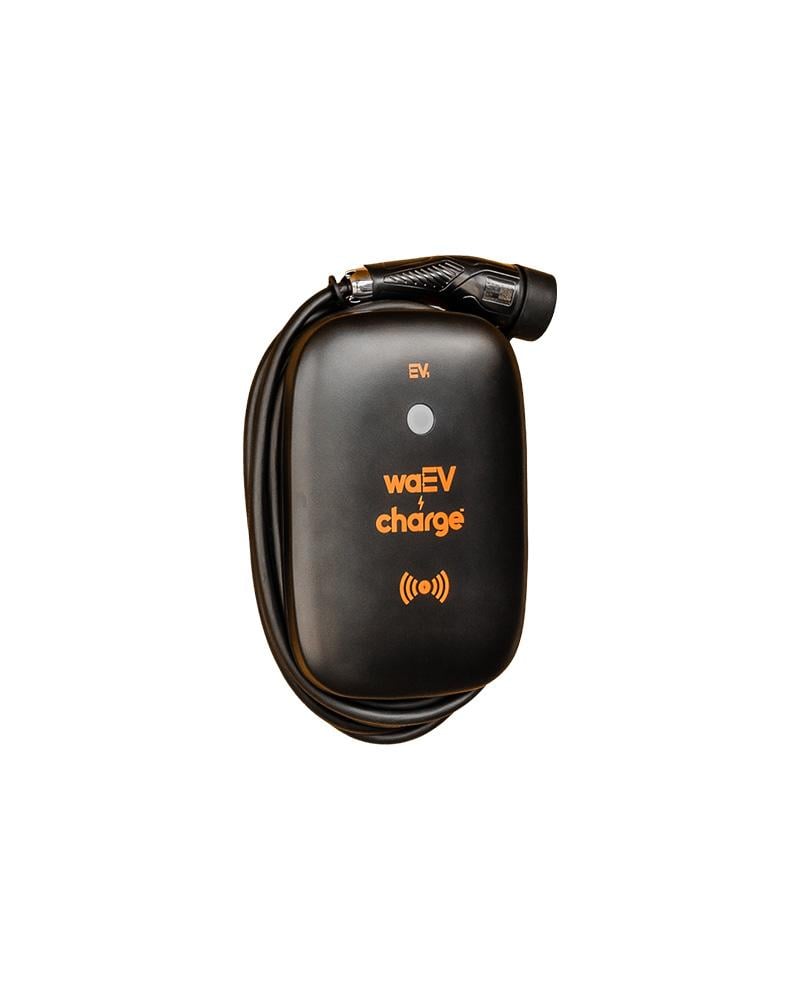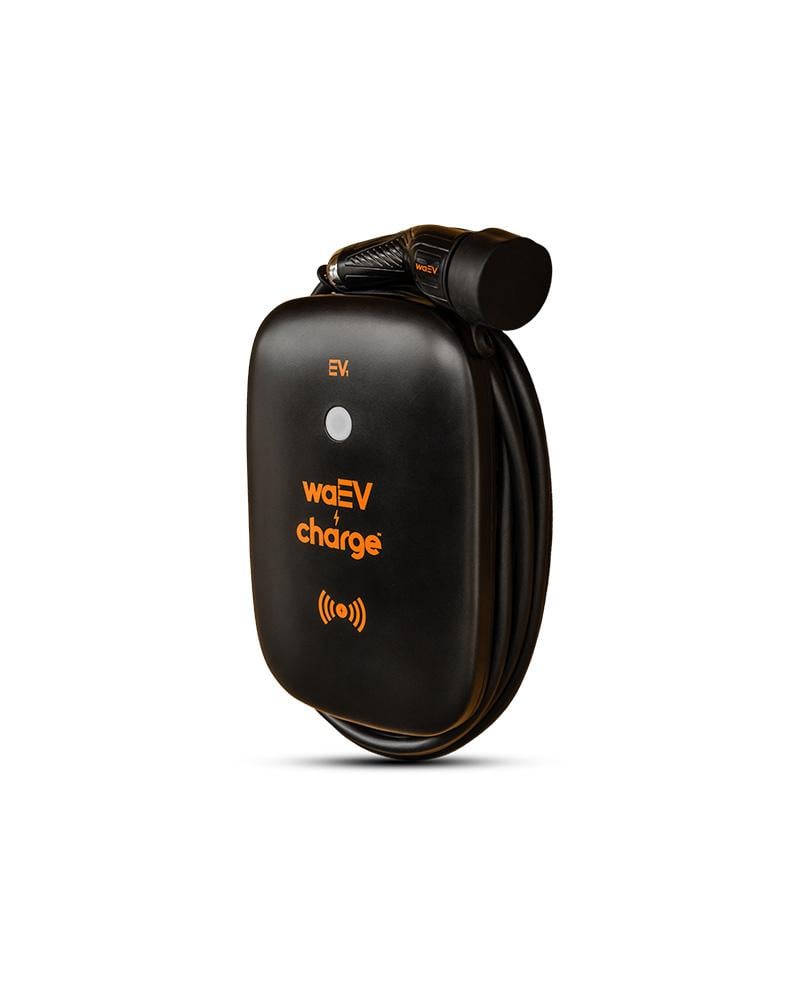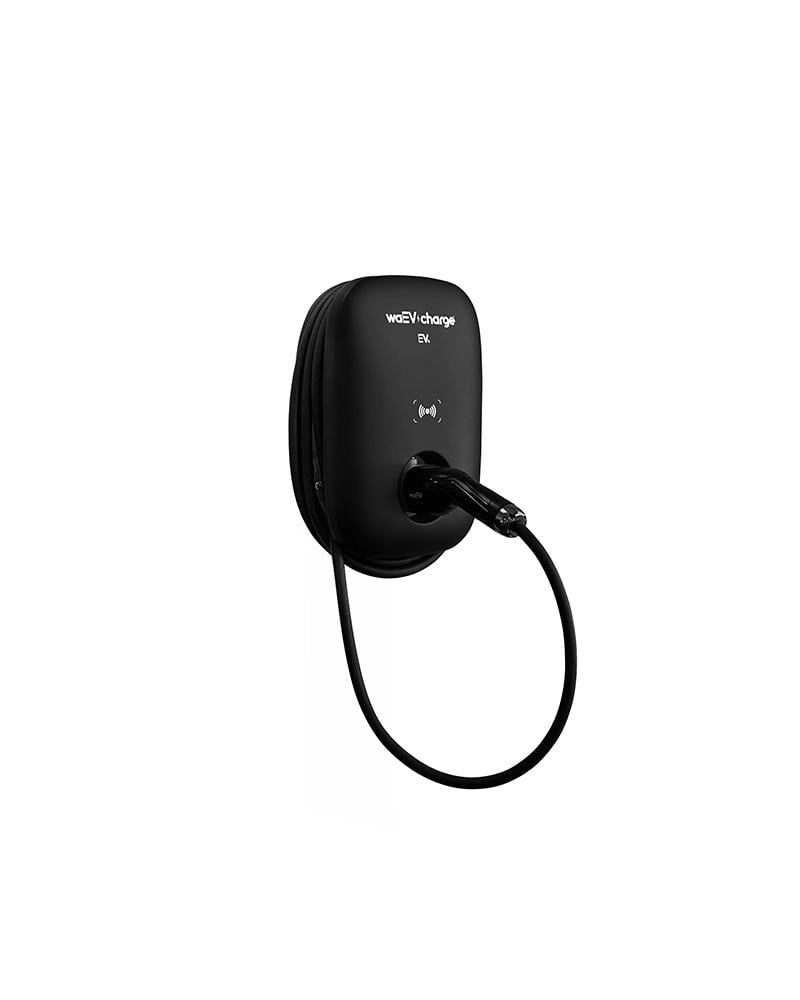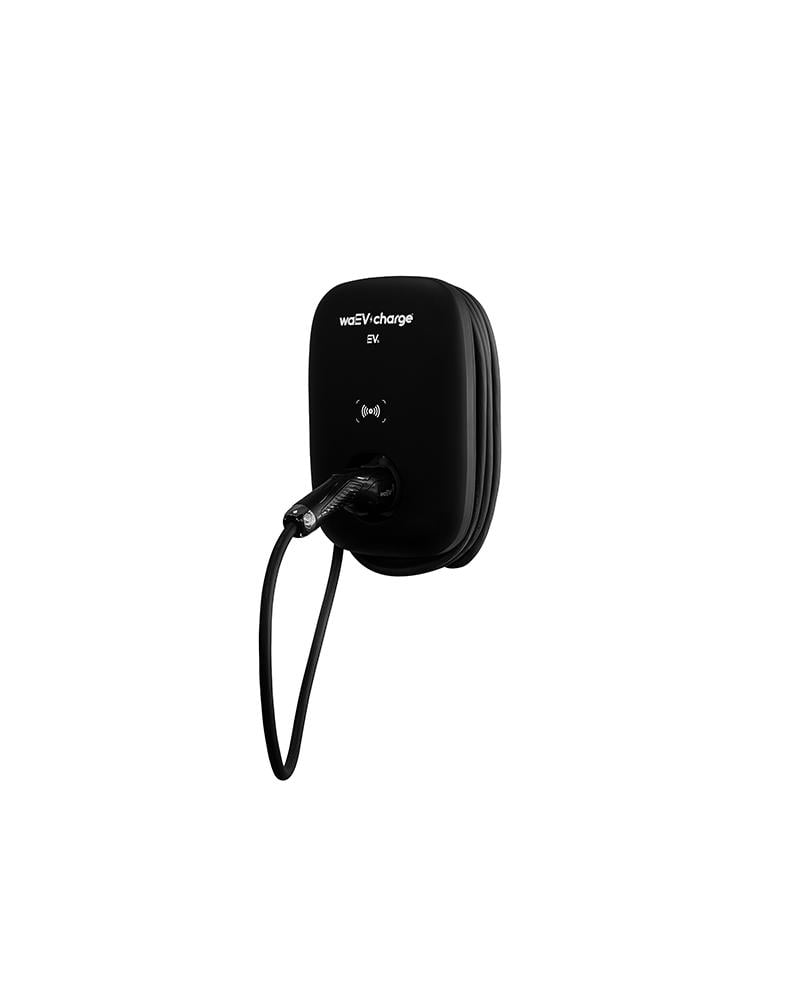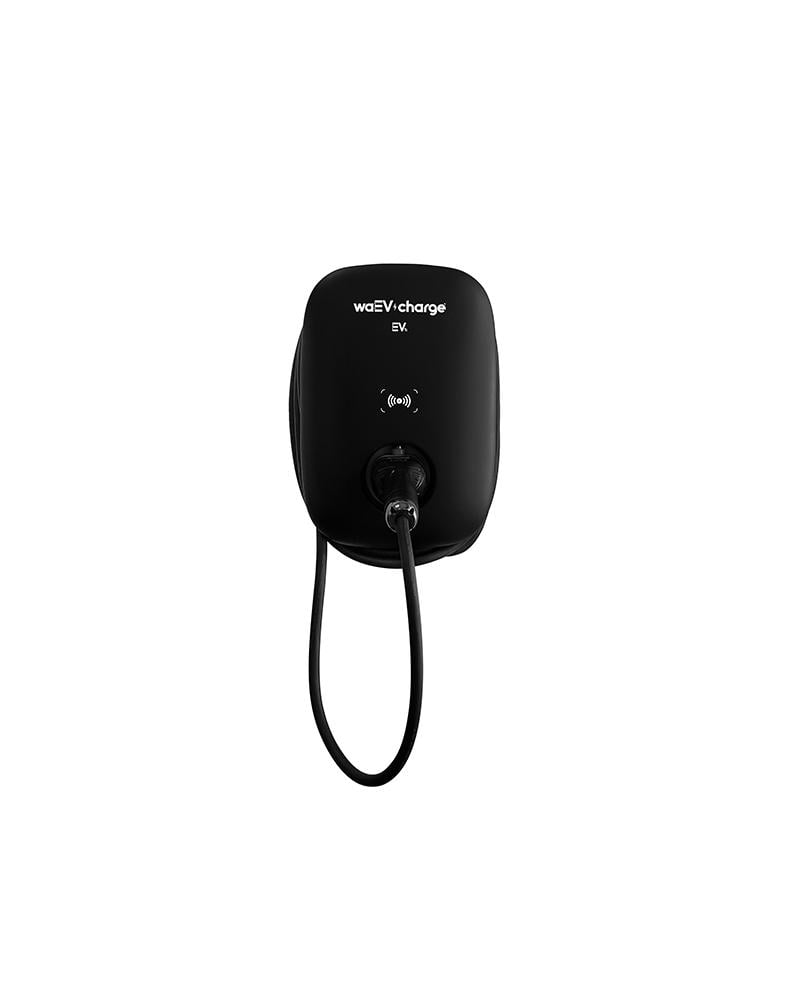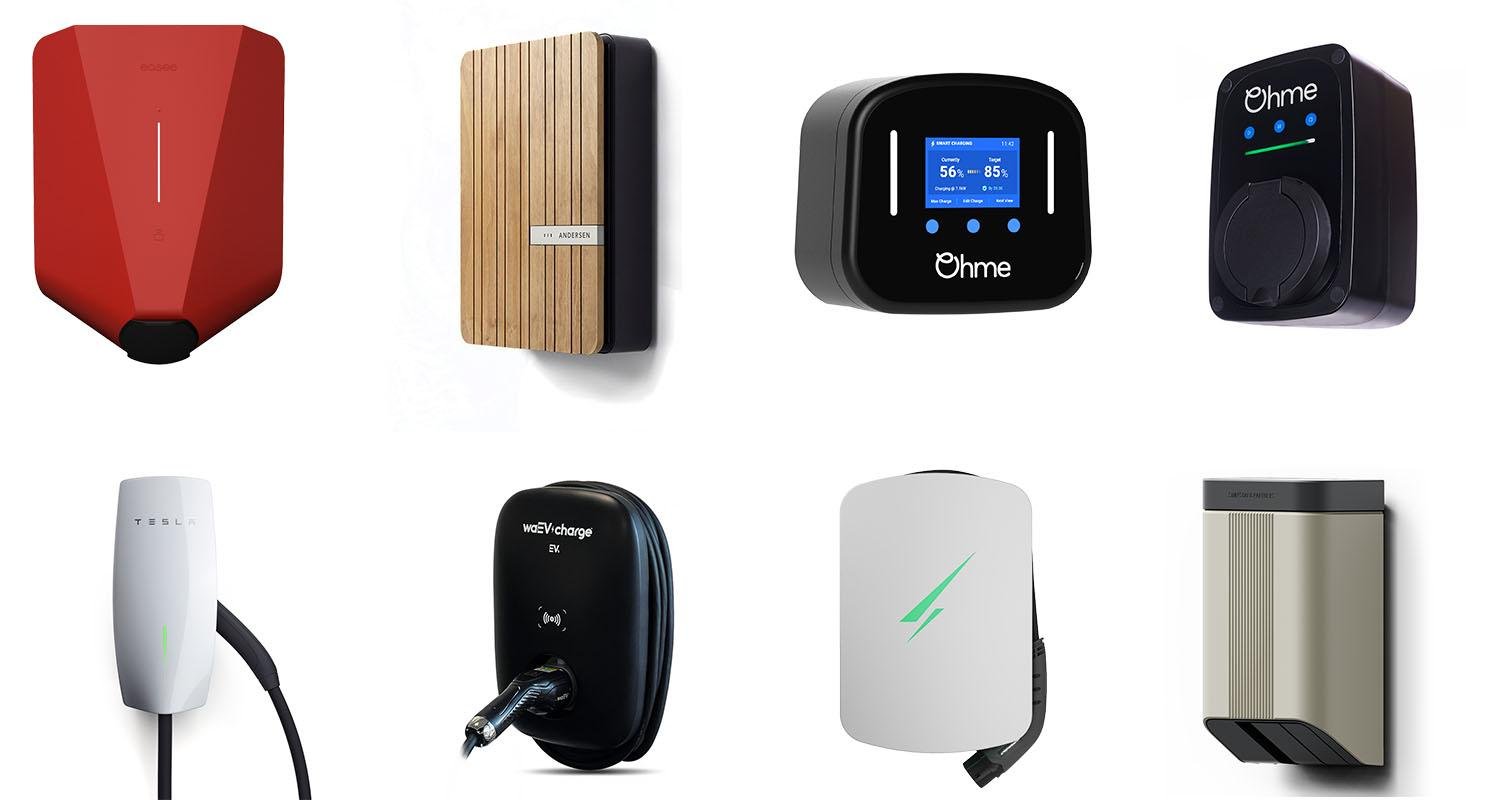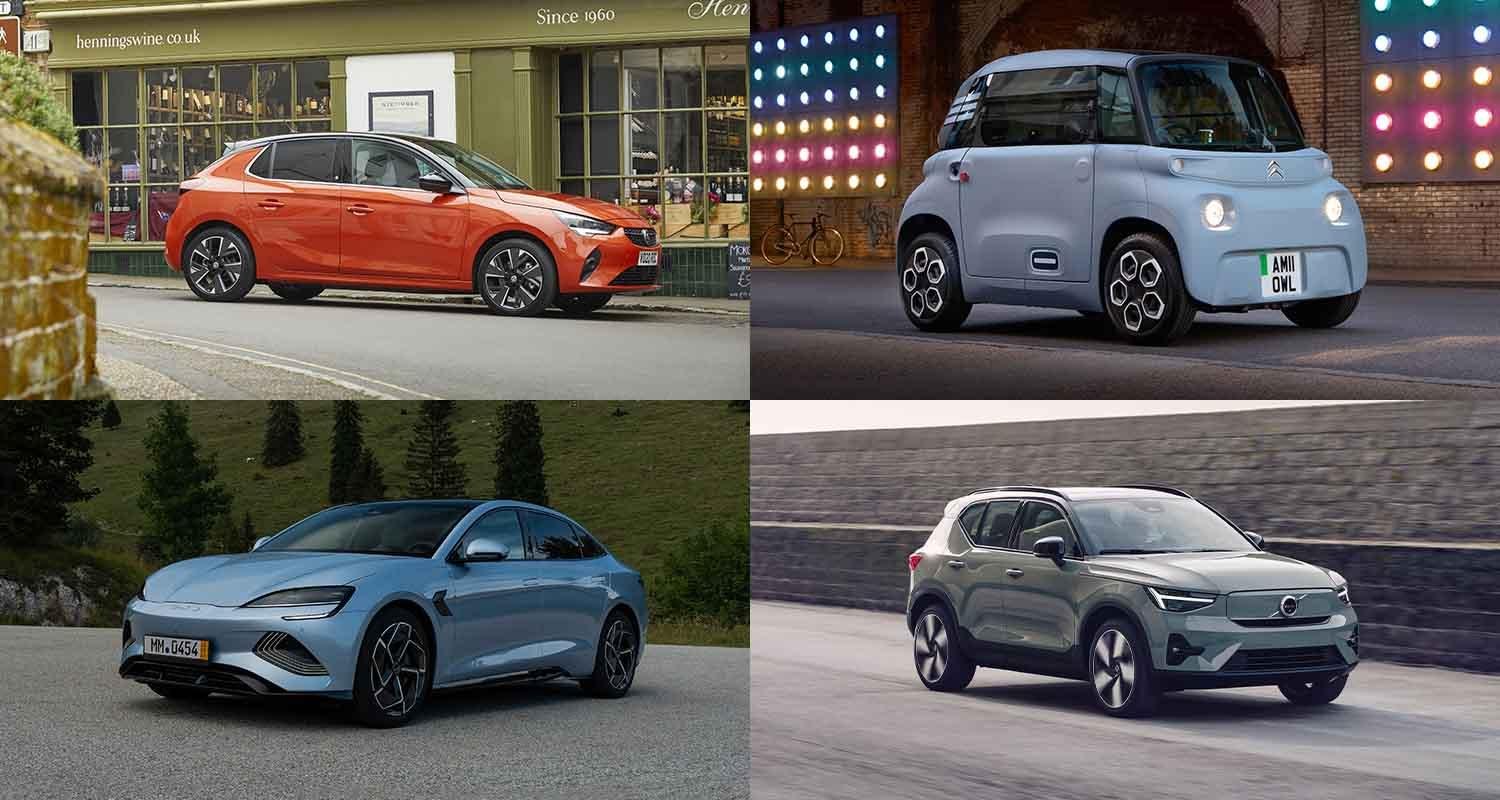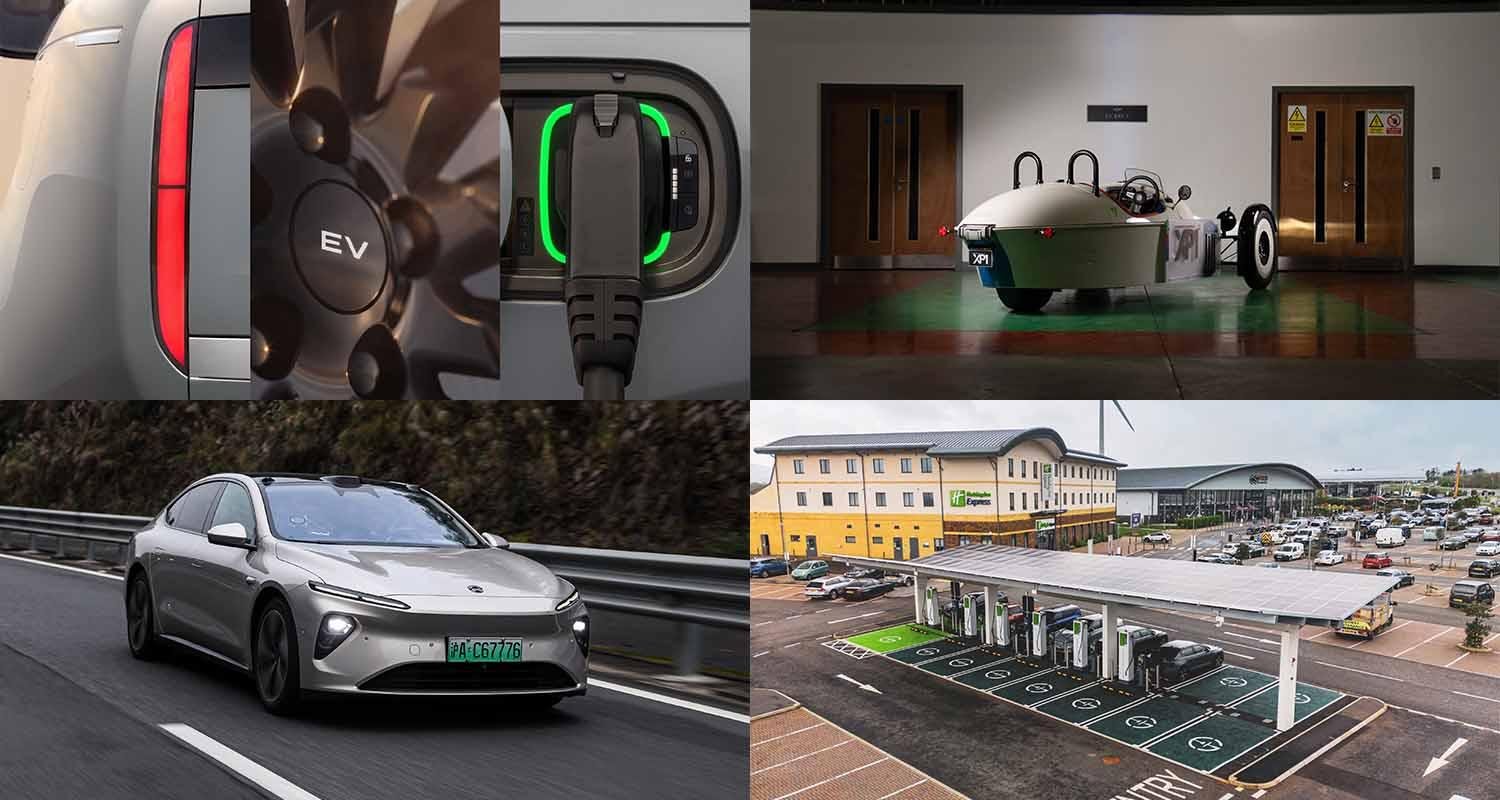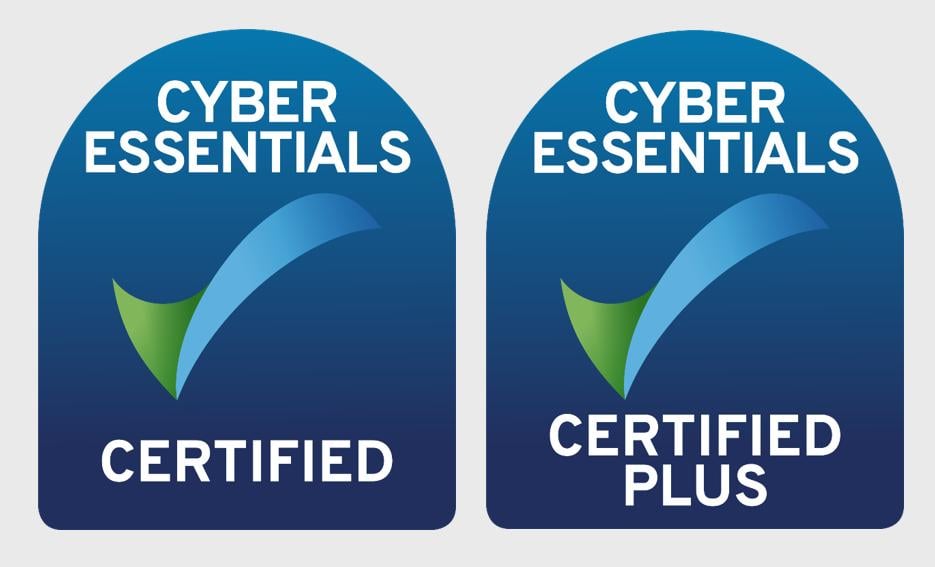WaEV-Charge EV1 and EV1i review
The home EV chargers that prove competitive pricing doesn't always mean compromising on features
Product overview
Design 3/5
Build Quality 3.5/5
Reliability 5/5
App Features 4/5
User Experience 5/5
Customer Service 5/5
- Striking looks
- Cable storage built-in
- Polished app
- Solar charging modes
Cons
- Looks may be too unique for some
- Solar compatibility is a paid feature
WaEV-Charge is a lesser-known home EV charge point manufacturer but what it lacks in notoriety it certainly makes up for in features.
Founded in 2022, WaEV-Charge currently has two electric car charge points on the market, the EV1 and the EV1i.
Both EV chargers are almost identical to one another with only a couple of notable differences, which is why we are reviewing them at the same time.
Unlike other EV chargers that have their own dedicated app to control them, the waEV-Charge EV1 and EV1i uses a third party app called EV.Energy.
An overview of the EV1 and EV1i
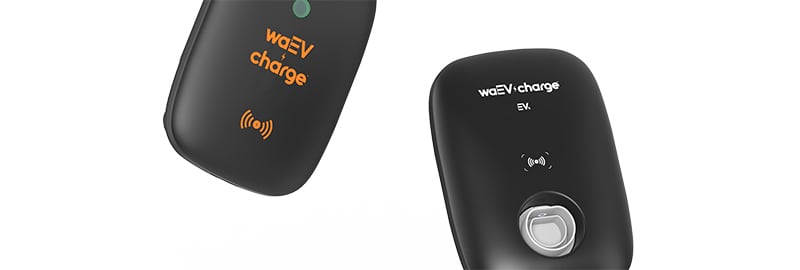
Both the EV1 and EV1i are tethered meaning that the charging cable is permanently attached.
And speaking of permanently attached cables, both the EV1 and EV1i only come with a 5-metre cable option.
So if you are wanting a tethered unit with a longer reach then it's worth looking at other chargers that offer longer cable lengths such as the Ohme Home Pro or HyperVolt Home 3.
When it comes the pricing, both chargers offer an incredible 'bang for your buck' with the EV1 coming in at £897 installed and the EV1i at £922 installed making them the cheapest chargers we sell as of writing.
Both units are on the larger side being about the same size as the previously mentioned HyperVolt Home 3. Like the HyperVolt however, both the EV1 and EV1i's cables can wrap around the charger itself which keeps things tidy.
Connectivity-wise, both units use WiFi with Bluetooth serving as a back-up option at times when your broadband might be down.
There's also the option to use an included RFID card, which will start and stop charges when tapped on the reader.
Function over style

Both units only come in black with no sharp lines to be found.
The EV1 also has a large garish orange WaEV-Charge logo on the front which garnered the "does the lettering have to be orange?" response when showing the charger to my friends and family.
The EV1i swaps out the large orange logo for a smaller white one which looks a lot cleaner.
Like I mentioned earlier, I do like that both models featured the ability to wrap their cables around the unit which in my opinion looks a whole lot cleaner than the bracket approach found on the Ohme Home Pro or the tethered Simpson and Partners Home 7.
The EV1i takes cable tidying a step further and includes a charging gun holster on the front which stops the cable from potentially blowing against the wall in strong winds.
There's no escaping the fact however that waEV Charge EV chargers are not exactly the prettiest charge points on the market.
The EV.Energy app

Unlike other manufacturers, WaEV-Charge do not make their own dedicated app.
Instead, the EV1 and EV1i are built to work with the EV.Energy app, which offers a whole host of smart features that will even give the likes of Ohme a run for its money.
Like Ohme's app, you can connect your vehicle's online account (if it has one and is supported) to your EV.Energy app which allows you to see the battery level of your vehicle and view details of charge sessions carried out using both your home charger and other charge points.
While the EV.Energy app can tell you the cost of each home charging session as well as how 'green' it was, it can't record charging costs outside of your home charging, even if you charged at a major network.
So if you are thinking that this app will be the answer to merging your home charging and public charging expenses into one, then look elsewhere.
Another downside I encountered when using the EV.Energy app is that whilst my car was linked, the app would bypass my car's inbuilt charge limiter causing it to charge past the set 80% limit to 100%, which regularly doing so isn't good for the overall health of your EV's battery.
I was not able to test the EVenergy app with an EV other than my e-Golf however, so I am unsure as to whether this is a common issue or not.
Smart tariff integration
Unlike other charging apps where you have to enter the price per kWh manually to get the cost of charging sessions, EV.Energy asks for the name of the energy supplier and tariff you're on and fetches the rates automatically.
From what I saw, all the major energy suppliers and energy tariffs were listed and I was able to find my energy tariff (Octopus Go) very easily.
You can even enter your tariff and prices manually in the unlikely event that your energy supplier or tariff isn't listed.
The EV.Energy app even supports Octopus Agile, a tariff that changes its prices every 30 minutes. When using, all a driver has to do is set a max price cap and the app will stop and start charging sessions accordingly.
Smart charging
Also unlike other charging apps I've used where you enter a time you want your EV charger to start and stop charging your vehicle, EV.Energy will ask for a time that you want your car to be fully charged by and what days you want that time to apply to.
The EV.Energy app will then charge your car automatically at times when your energy tariff is at its cheapest and greenest.
You can set up to seven 'ready by times' and toggle 'only charge off-peak'.
You can even tell the app to precondition the battery before your ready by time which is handy for eking the extra miles from your battery.
There's also a boost button, which disables all of the smart charging features and charges your electric vehicle straight away.
Solar charging... but at a cost
Both of WaEV-Charge's units come with the ability to charge plugged-in vehicles using solar energy, which will no doubt catch the attention of those with a solar array on their roofs.
Enabling the feature does however require a device called a CT clamp to be installed at an extra cost.
EV.Energy also charge to enable the feature via the app and will cost you either £5 a month, £50 a year or £120 for three years.
EV.Energy do guarantee however that you will save at least £50 or more within the first 12 months of signing up or they'll refund you the difference.
When activated, there are two solar integration modes to choose from:
- Solar Only: Automatically ramps the current of your charge up or down to meet the energy generated via your solar panels. Your solar array must produce at least 1.4kW to use this mode.
- Solar and Grid: Uses a combination of solar and grid energy to charge your vehicle by your set 'ready by' time.
Whilst it's not a huge extra cost, it's worth taking into account where your electric vehicle is going to be parked during times when your solar capacity is at its optimum(read our guide to solar EV charging to understand more).
Reaping the rewards
Probably one of the more interesting features found on the EV.Energy app is that every time you charge your vehicle over 7kWh when the smart charging feature is active, you will earn a point.
What can you do with these points? Well, spend them of course!
Rewards that are currently on offer include:
Carbon offsetting
Charity donations
money back on your energy bill
Amazon gift vouchers
As of writing, all of the rewards cost 30 points meaning it took a long while before I could afford to buy any rewards.
I do wish there were more reward options like the ones you see on competitor apps like Equiwatt, which offer rewards for retailers including Tesco, John Lewis and Argos as well as various charities such as the National trust and Global Giving.
EV1 vs EV1i
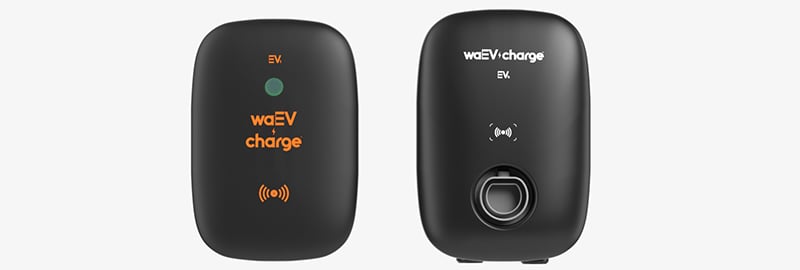
With both units offering identical features internally, the decision of which to have installed is mainly down to price and looks.
Personally, I would go for the EV1i. It's only £25 more than the EV1 and for the extra money you get a cable gun holster which looks a lot tidier than having the cable hanging free. The white font on the EV1i also looks way better than the orange one found on the EV1.
On the flip side of the coin however, if you are not so bothered by the orange font and you plan to have your charger installed in an area that is sheltered from wind then the EV1 might be a better option due to its lower cost.
waEV-Charge EV1 and EV1i - Review Summary
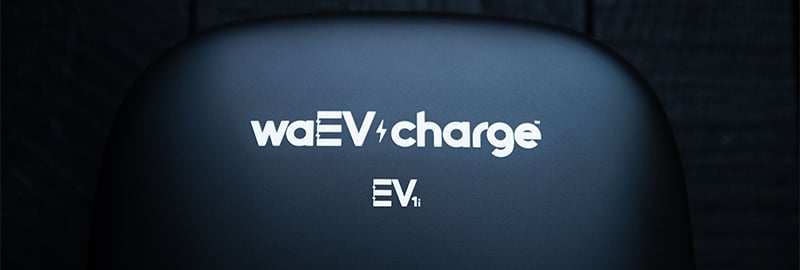
Whichever WaEV charge unit you go for, its definitely safe to say that they both offer a lot of great features for a fraction of the cost of their competitors.
The build quality on both EV chargers is decent but lacks the 'wow' factor in the looks department, which might be offputting to someone who wants their charger to compliment the looks of their house.
What the Waev charge EV1 and EV1i lack in looks however, they definitely both make up for in functionality thanks to their native support with the EV.Energy app.
Ready to order the EV1i?
Get your waEV-Charge EV1i installed for as little as £922 or 12.18 a month

